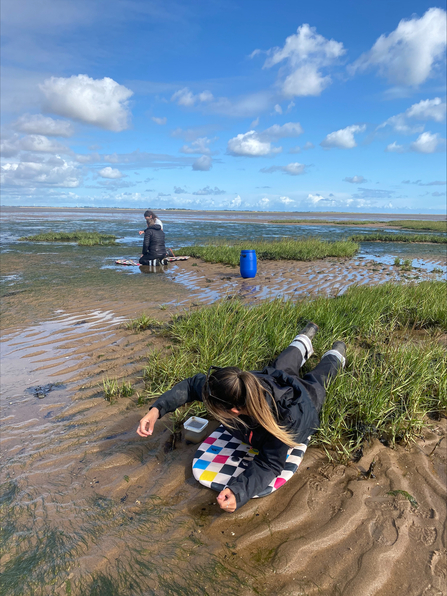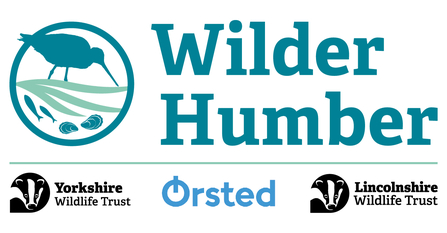Over the past three days, Jasmine and I have been helping out with seagrass seed collection at Spurn point. The fieldwork we participated in will contribute towards ‘Wilder Humber’, a partnership programme between Yorkshire Wildlife Trust, Lincolnshire Wildlife Trust and Ørsted, with aims to restore Humber habitats and biodiversity.
Wilder Humber is a five-year programme targeting marine habitats and species within the Humber estuary. This restoration effort is being made following Natural England’s decision that the estuary was in ‘unfavourable condition’ in 2012. The habitats within this area are invaluable for marine life, and the programme hopes that a ‘seascape-scale’ approach to restoration within the Humber; targeting seagrass meadows, saltmarsh, sand dunes and native oysters, will be beneficial to biodiversity throughout the estuary.
During our time working at Spurn Point this week, the focus was on seagrass restoration. Wilder Humber hopes to enrich 40 hectares of protected habitats within the estuary, 30 of which are seagrass meadows. With this in mind, we had to work hard to collect as many seagrass seeds as possible during our time in the field!




